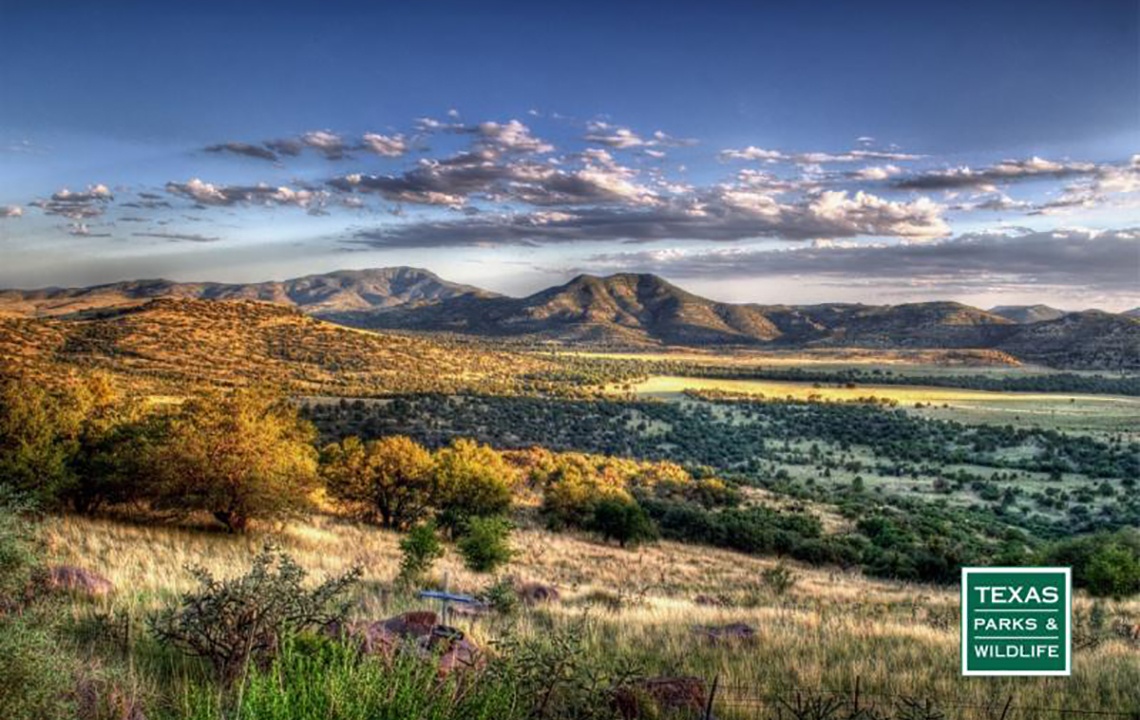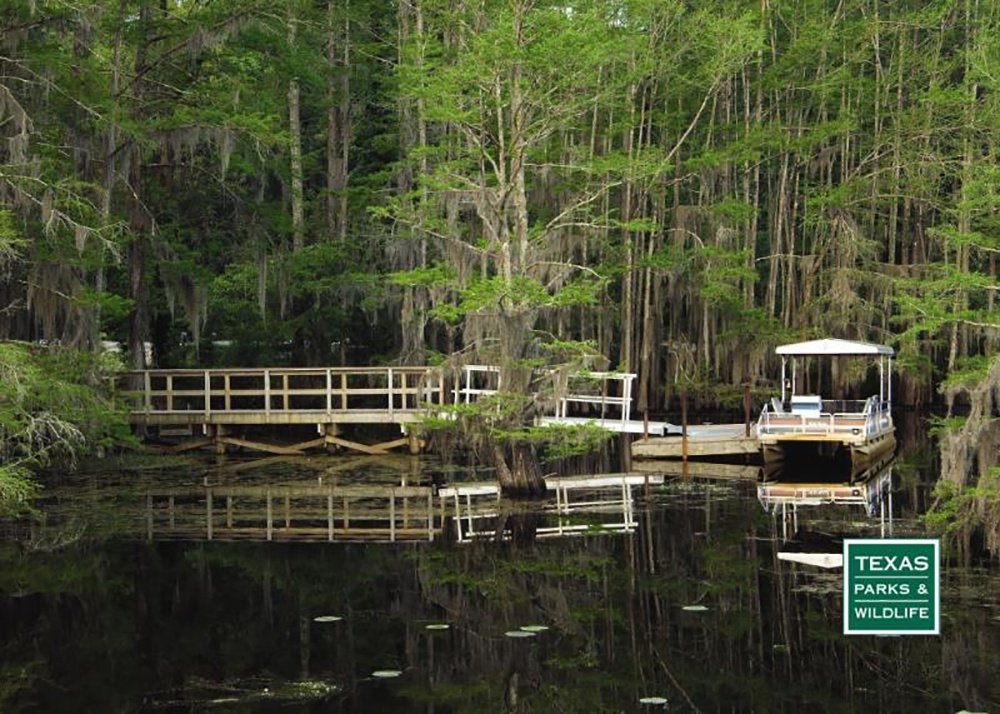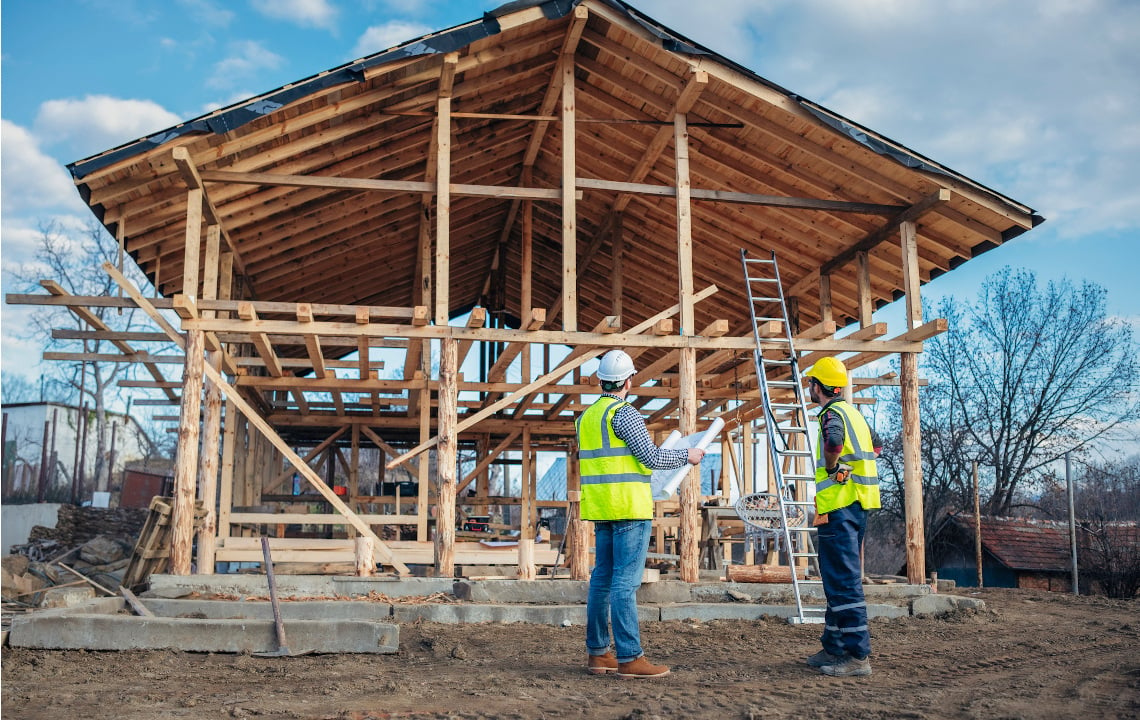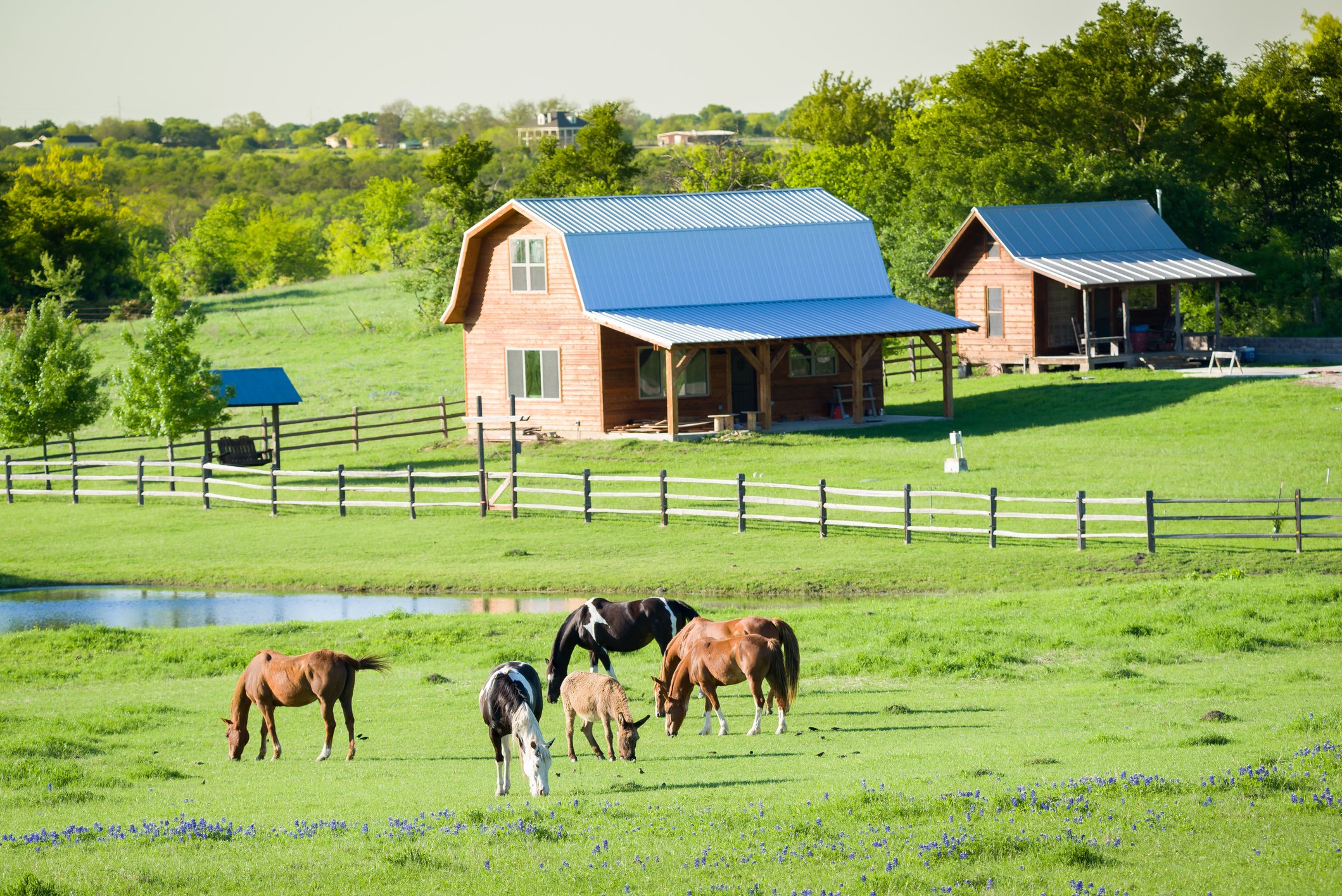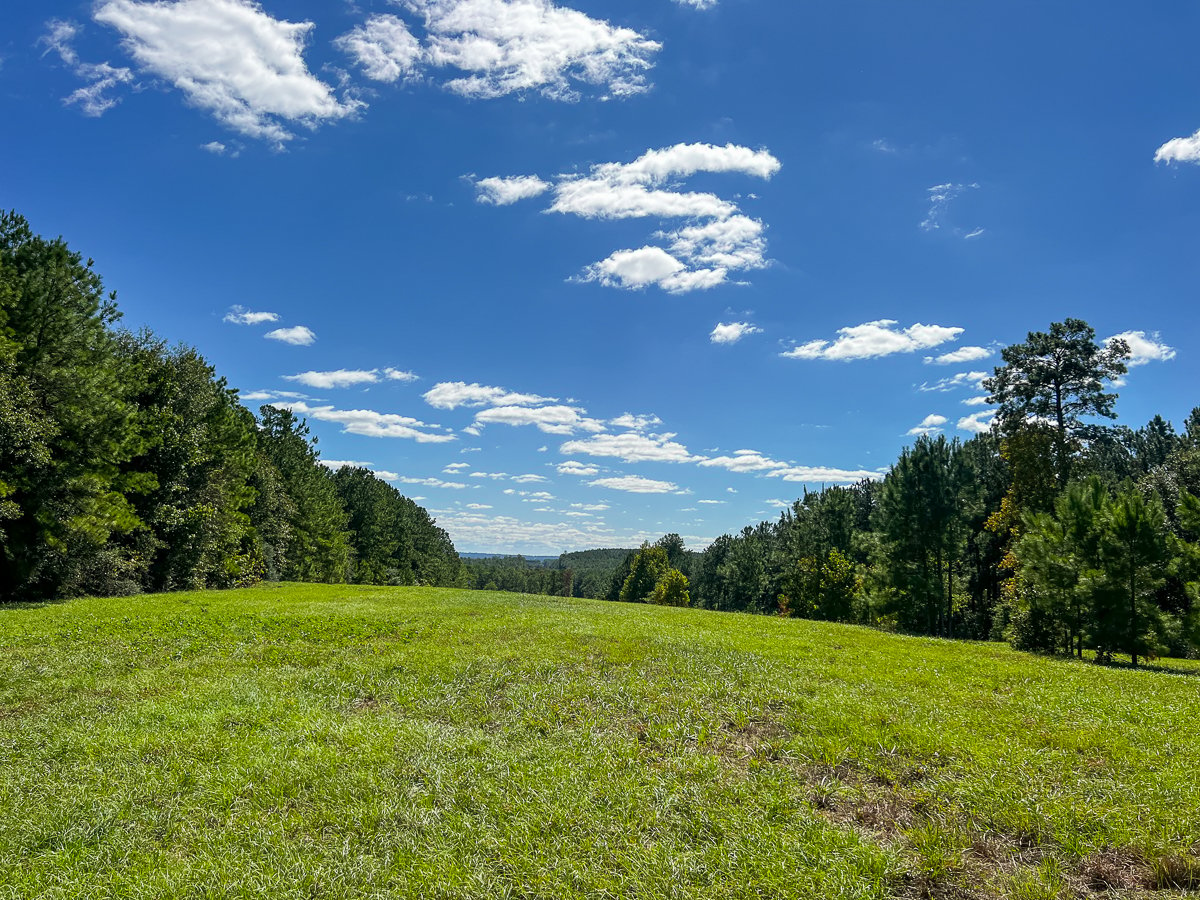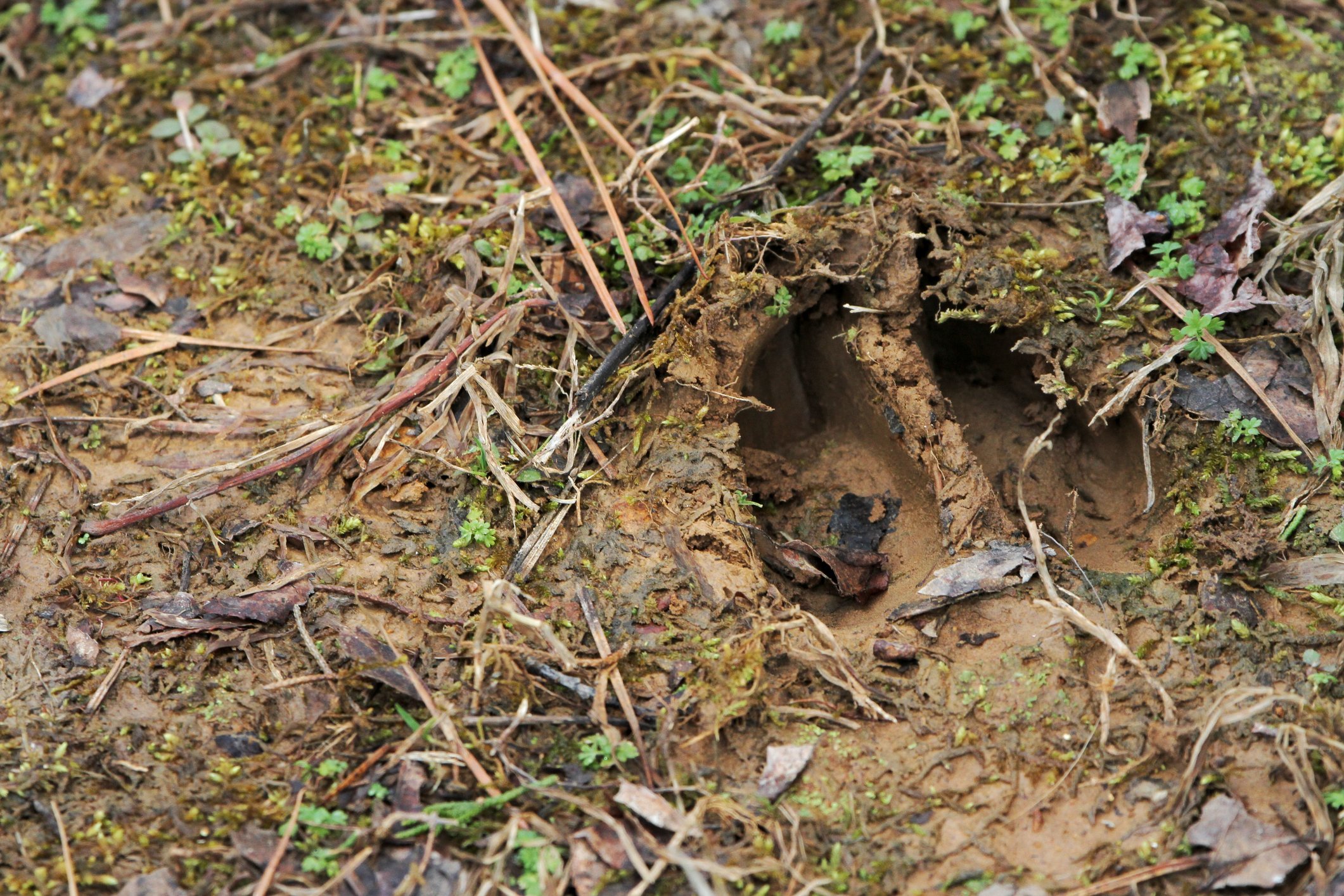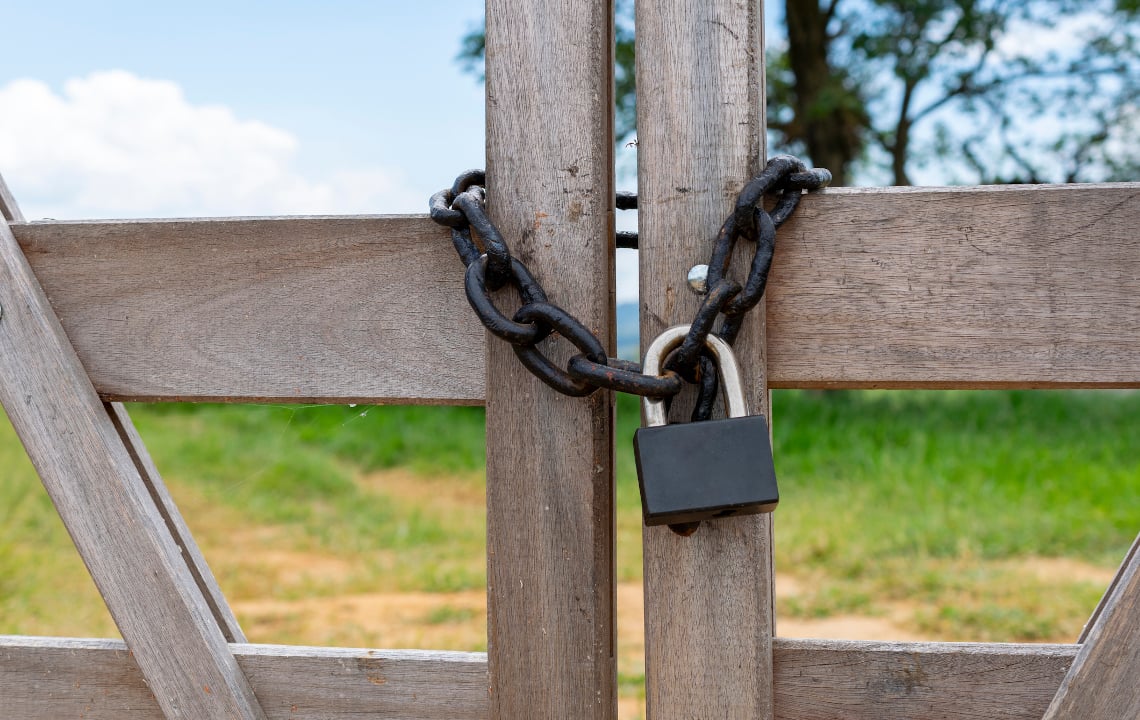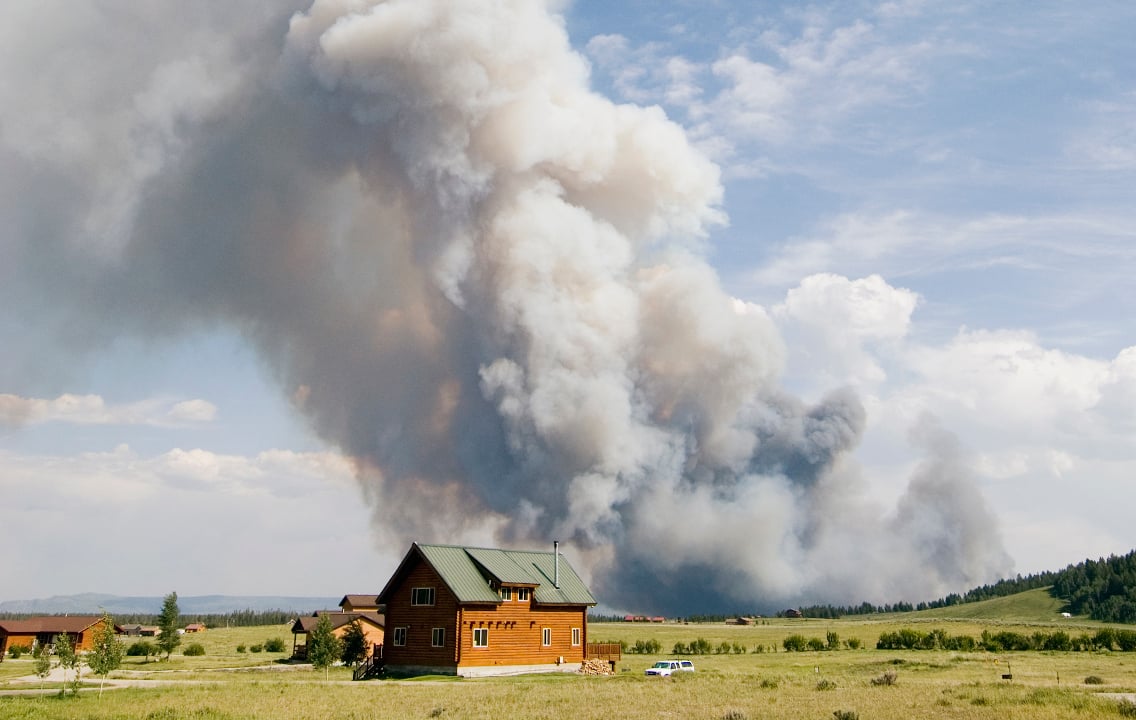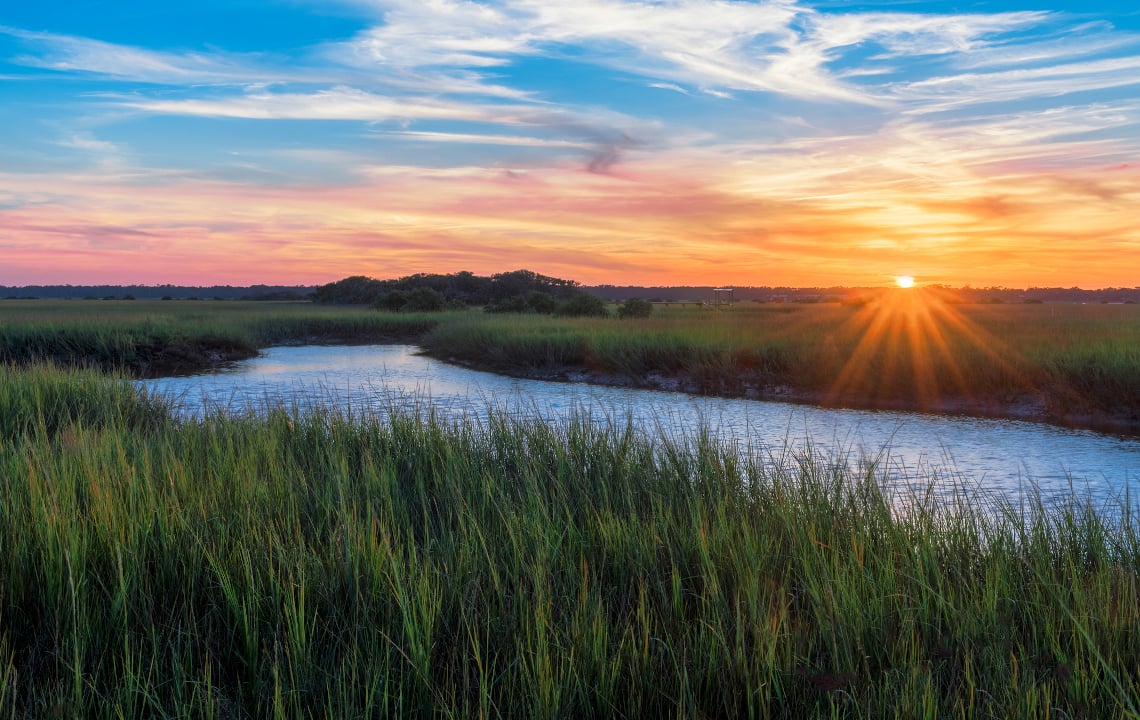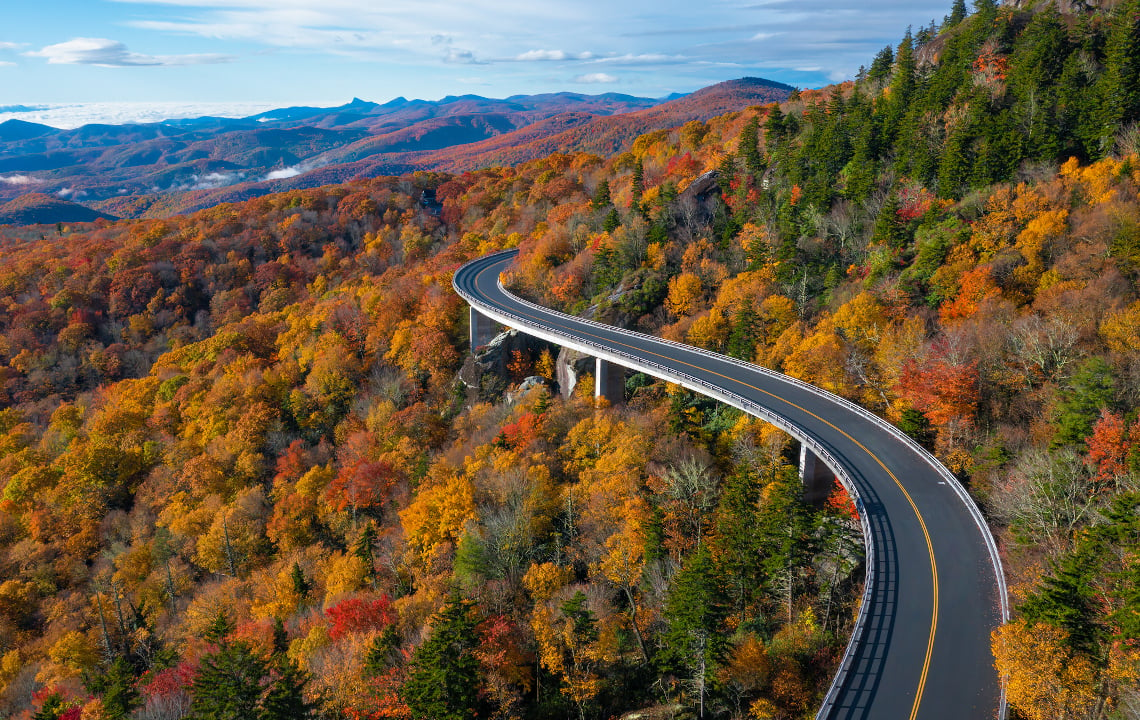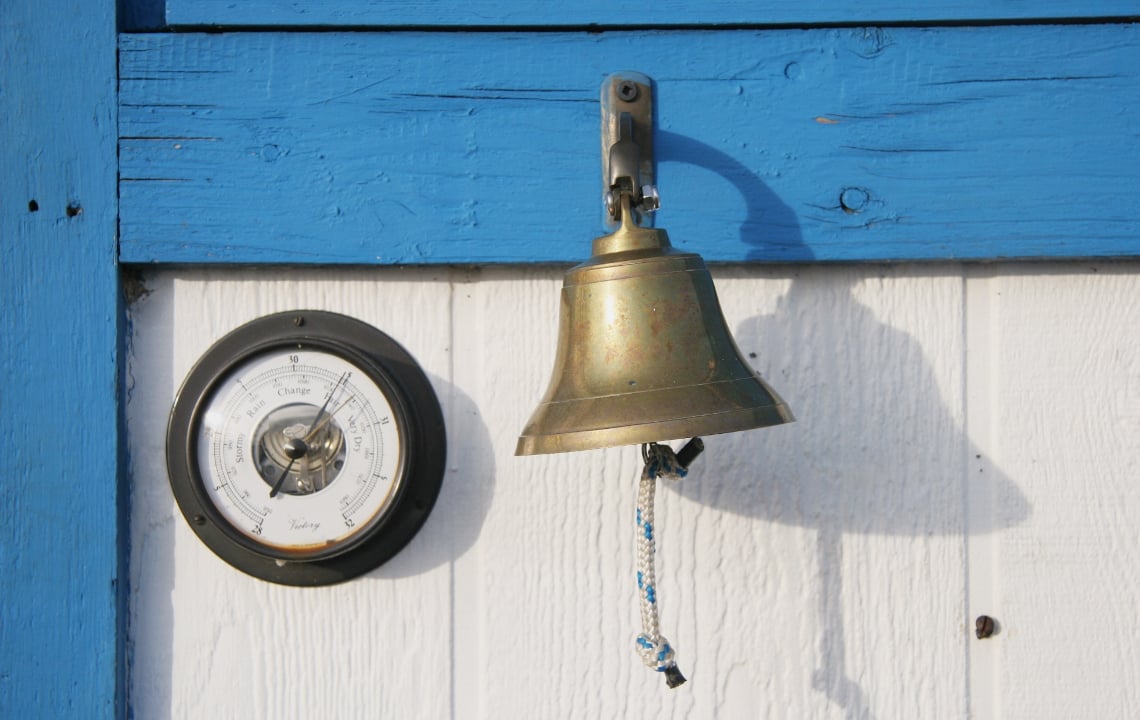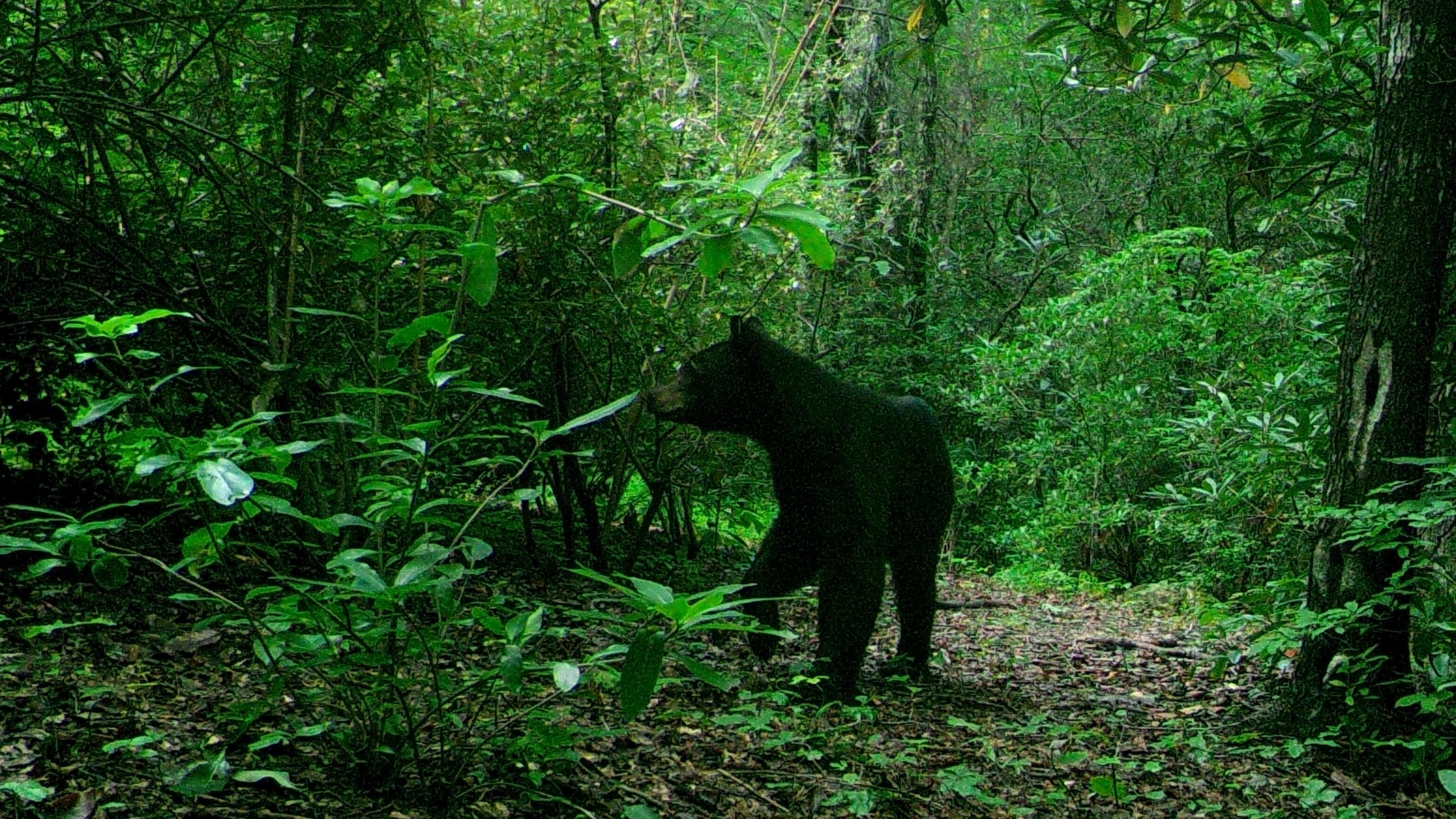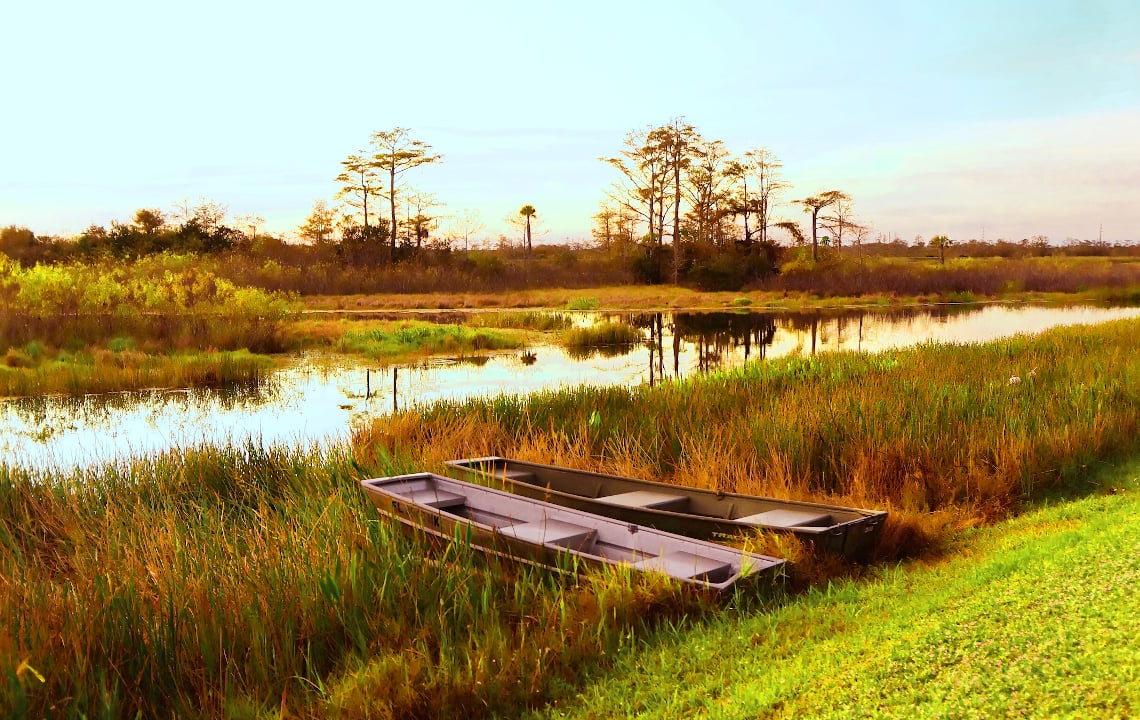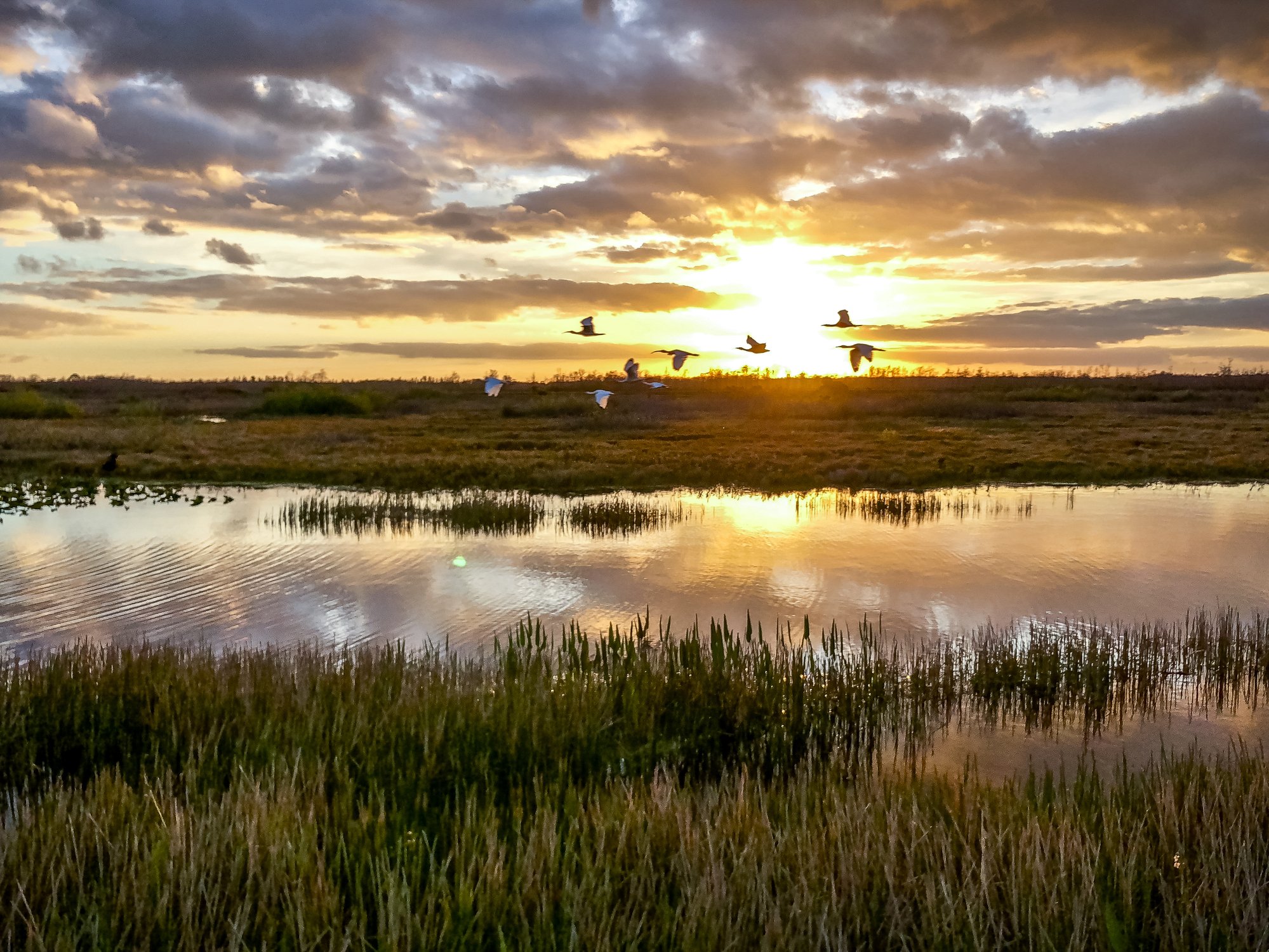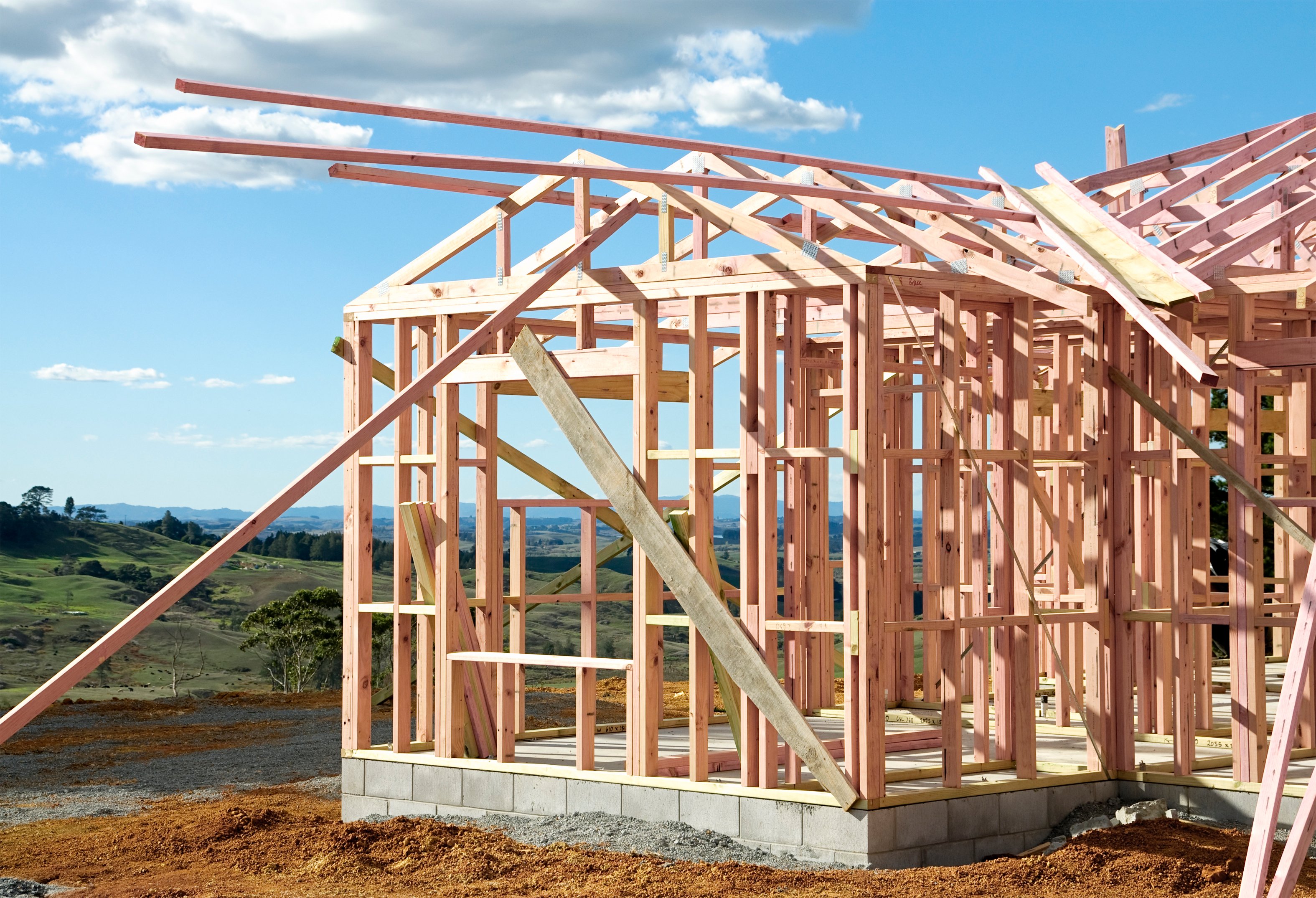We review six of Texas's best state parks, including parks with canyons, mountains and even a park with what some believe are ancient dinosaur tracks.
This is the part of a series of articles about favorite state parks in the Southern United States. See also:
In the Lone Star State, vast land and skies rule, and one of the best places to see these is in a Texas state park. Run under the jurisdiction of the Texas Parks and Wildlife Department, Texas’s state parks are open every day and offer tons of fun for the entire family.
Here’s a few of the best Texas parks you can visit to see the diversity of this great state.

1. Palo Duro Canyon
Where: Canyon
When you visit this state park, you’ll be experiencing the second largest canyon in the country (ranking after the Grand Canyon). Stretching across 120 miles in the rugged terrain of northern Texas, Palo Duro Canyon looks and feels like the setting of a western movie. Expect deer, rattlesnakes and bobcats, in a surprising and unique setting of rock formations and shrubs. During the summer, deal with the heat and visit so you can see “Texas,” a live show that, for more than 40 years, has been performed at the park’s outdoor amphitheater.
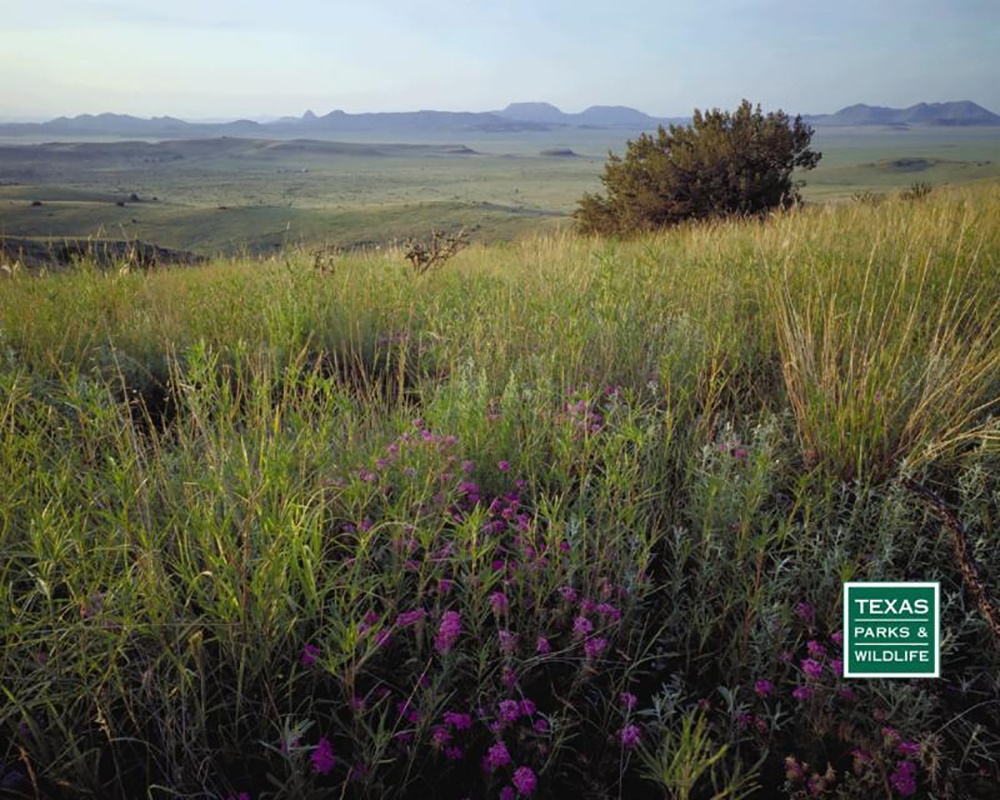
2. Davis Mountains State Park
Where: Fort Davis
When many people think of Texas, they think of flat, vast land. After a visit to this state park, you’ll realize there’s far more to the state than just that terrain. Located far off in remote West Texas, the 2,709-acre Davis Mountains State Park boasts an elevation between 5,000 and 6,000 feet above sea level. Horseback riding, bird watching and stargazing rule here. And, for a special treat, opt to stay at Indian Lodge, a 39-room motel and restaurant located within the state park.
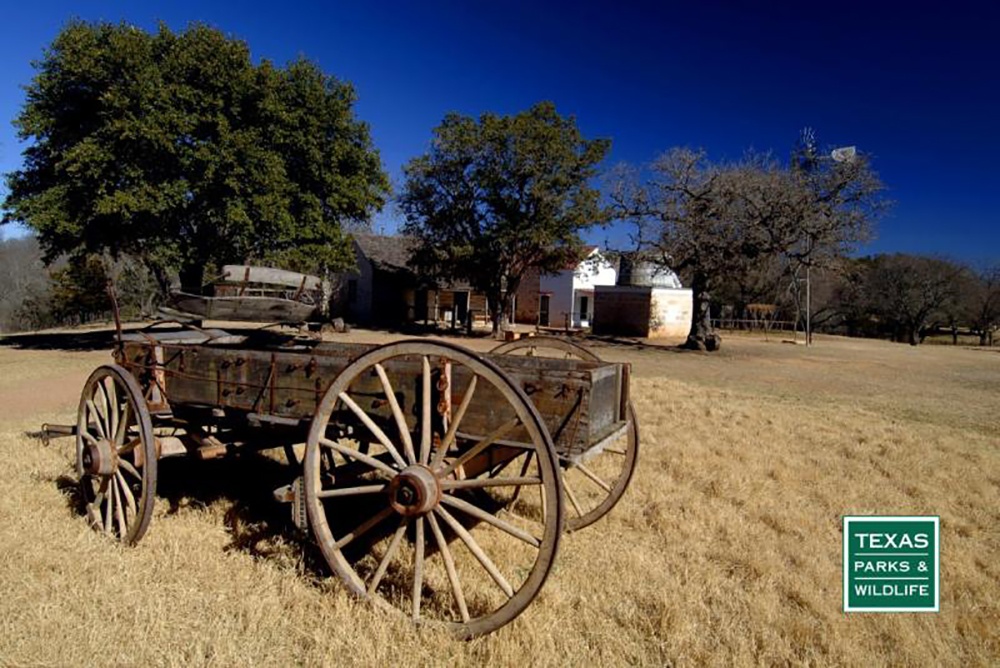
3. Lyndon B. Johnson State Park and Historic Site
Where: Stonewall
Located in the gorgeous Texas Hill Country, this place is more than a state park. The home to the Lyndon B. Johnson National Historical Park Visitor Center offers multiple attractions, all in the same spot. Go to enjoy the vast beauty of the land, then reserve time to enjoy the Visitor Center, which houses memorabilia from President Johnson's presidency, including campaign gear and two of the LBJ Ranch branding irons. The Behrens Cabin, a two-room dogtrot cabin built by German immigrant H. C. Behrens during the 1870s, is attached to the center and offers a chance to see period furnishings. Try to visit in the spring, when the wildflowers are so gorgeous you’ll want to pinch yourself.
4. Caddo Lake State Park
Where: Karnack
Mountains, hill country and a canyon - as you can see, Texas is unpredictable. Travel to the far eastern part of the state to Caddo Lake, and you might think you’ve hit  Louisiana. Yep, another surprise in the state! Drippy moss-covered trees, thick vegetation, alligators and the maze-like Caddo Lake, one of the only natural lakes in the state, await. Go to camp, hike, canoe and picnic, or take a boat tour for an expert’s guide through the mysterious place. Read our article about Caddo Lake for more information about this area.
Louisiana. Yep, another surprise in the state! Drippy moss-covered trees, thick vegetation, alligators and the maze-like Caddo Lake, one of the only natural lakes in the state, await. Go to camp, hike, canoe and picnic, or take a boat tour for an expert’s guide through the mysterious place. Read our article about Caddo Lake for more information about this area.
5. Dinosaur Valley State Park
Where: Glen Rose
A controversy behind a state park? Absolutely. Adjacent to this state park are twin sets of famous “dinosaur tracks” embedded in the limestone deposits along the Paluxy River. Both sides of the argument exist, some voting dinosaur, others voting for human or fabricated. Either way, this 1,524-acre park and National Natural Landmark is great for budding geologists, as layers of rock formations have eroded through the years leaving interesting rock exposures to study. Helpful hint: if seeing the tracks is a major highlight, be sure to visit during the summer, when water levels are typically low and the tracks are visible.
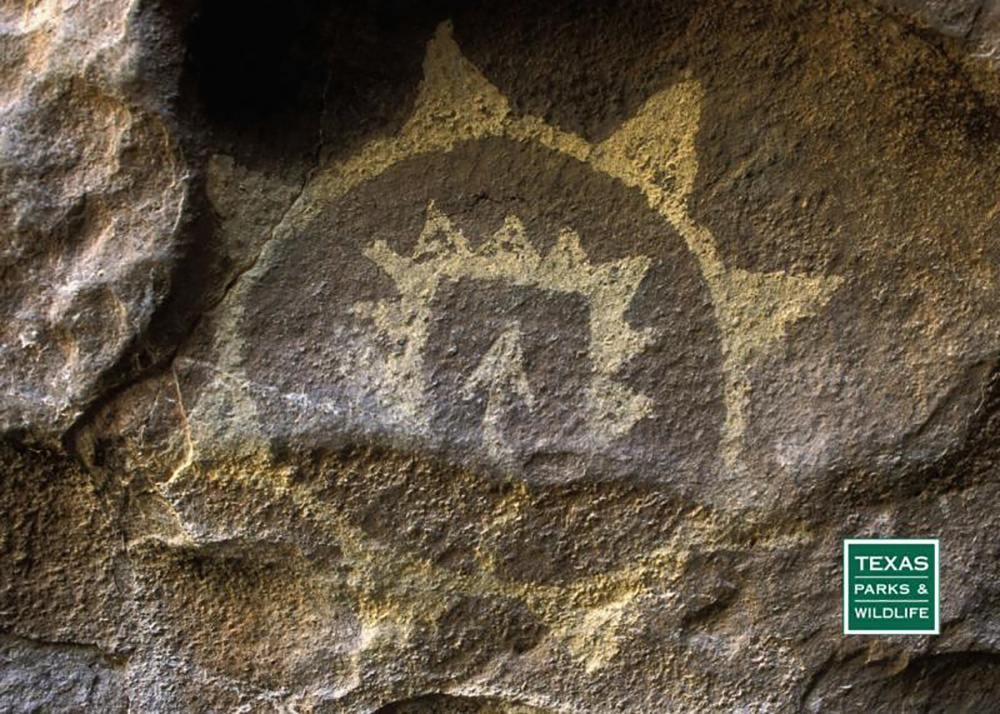
6. Hueco Tanks State Park
Where: El Paso
It’s a funny name, that’s for sure. This historic site, about 30 miles outside of El Paso (in far west Texas), is named Hueco, after the Spanish word meaning “hollows,” due to the many water-holding pits in the rocks here. Visitors come for the birding and hiking, but mainly for the pictographs found throughout the park. These amazing drawings date back thousands of years, when Native Americans resided here and communicated by drawing on the rocks.
All photos courtesy of Texas Parks and Wildlife.


